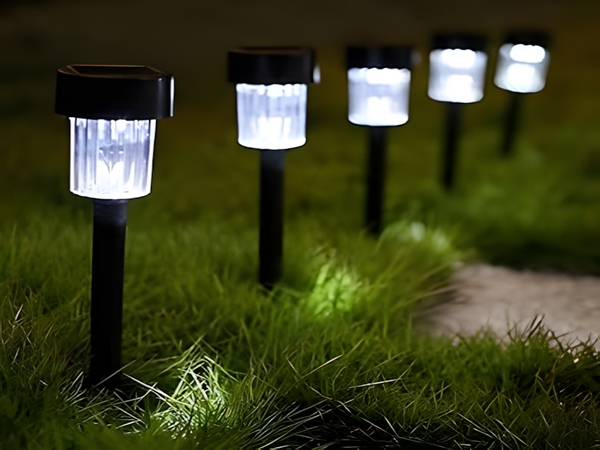
The quality of lighting after installation relies heavily on procurement, which significantly impacts future use. Good procurement leads to public satisfaction, while poor procurement can cause frustration. Some may argue that a good bidding process is sufficient; however, even bidding can present various issues, both major and minor. Therefore, it is essential to know the following points at the outset of procurement to avoid mistakes, or at least major errors.
Step 1: Procurement Phase
The first crucial aspect when procuring is the light decay testing report. During the bidding process, various companies will present different units’ light decay testing reports, some may provide their own in-house tests while others might use third-party testing. It is necessary to have these documents available.
Step 2: Structure of LED Streetlights
Once the light decay testing has been completed, the structure becomes a major concern. It is well-known that the area affected by smog is vast, harming not only human health but also significantly impacting the light decay of streetlights. This issue is particularly pronounced in northern regions where sand and haze are prominent. After a short period of outdoor use, streetlight surfaces become coated with dust, seriously compromising their heat dissipation efficiency. This is one of the main reasons why many do not recognize the issues with streetlights.

In light of these conditions, the design of light fixtures must ensure effective airflow. Increasing the heat dissipation area is imperative since no streetlight management department will regularly clean the radiators. Over time, rain will be the sole means of washing away dust, so increasing the surface area allows for a reduction in effective heat dissipation due to pollution.

Step 3: LED Light Source Component
The light decay of LED streetlights exhibits a barrel effect; having a weak link can be detrimental. Light decay has troubled many for years primarily because a well-managed heat sink does not necessarily solve the problem of light source decay. The packaging of the light source often falls into a substantial misconception. In particular, COB light sources often have overly thick silicone encapsulation, which should ideally be as thin as possible to facilitate the heat dissipation of the chip’s emitting surface. This thickness is a primary reason for poor control over light decay in COB light sources.
Therefore, procuring streetlights is a technical task that requires accumulated experience over time. Let us all take the time to study and learn together! Regardless of whether you are purchasing LED streetlights or solar-powered LED courtyard lights, thorough testing at every level ensures peace of mind.
If you wish to understand more about streetlights, feel free to reach out.
Bitpott streetlight manufacturers specialize in the design, development, production, and sales of solar and LED outdoor lighting for many years. Equipped with advanced production facilities and a capable team, if you want to know more about LED streetlight prices or would like to purchase LED streetlights, please do not hesitate to contact us. Our streetlight products are guaranteed in quality, and our manufacturers are well-certified.
We welcome you to place your order with us!



